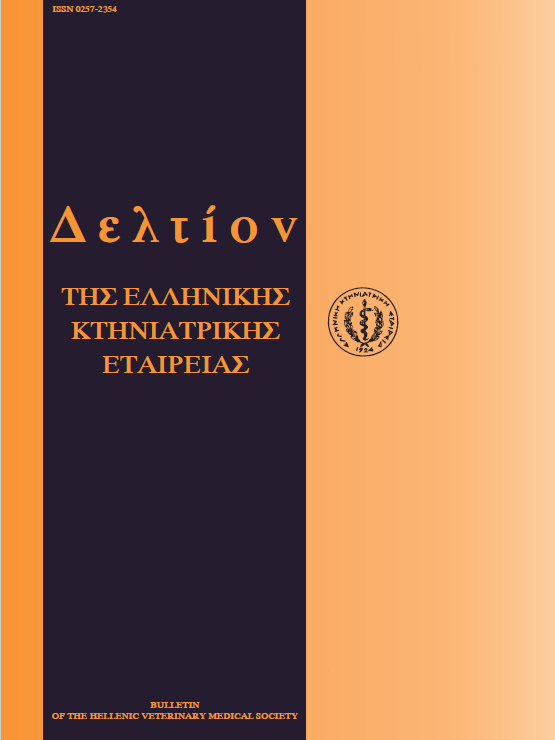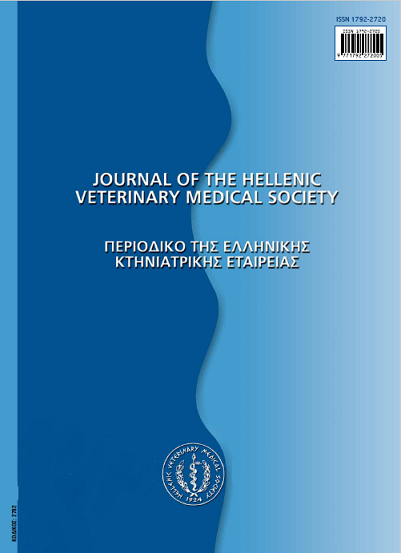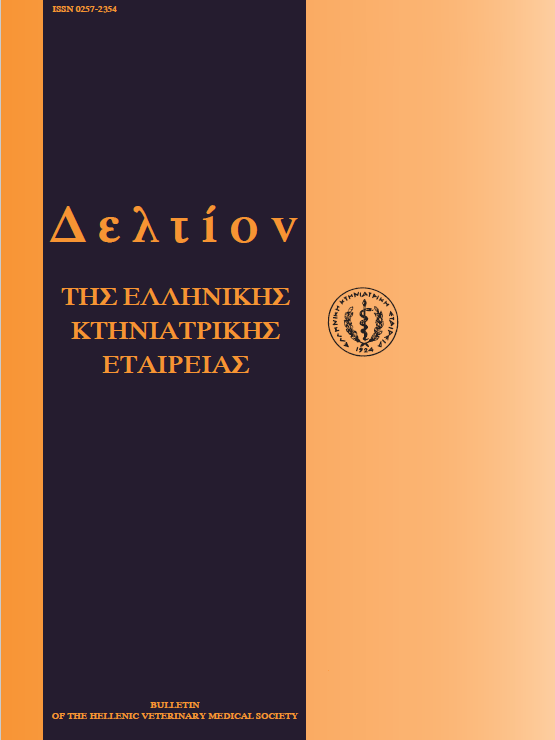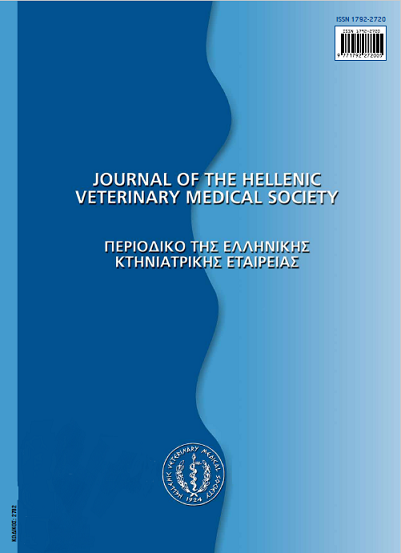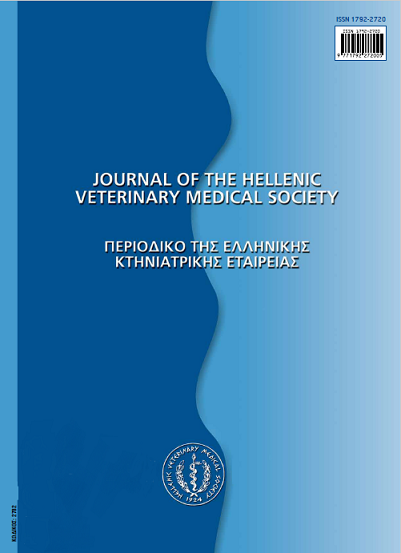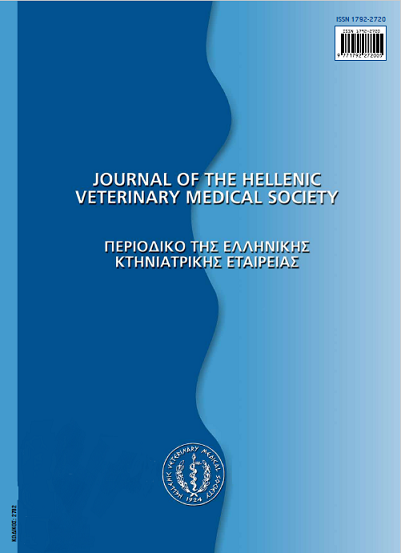Topical treatment of canine pyodermas
Abstract
Topical treatment in canine pyodermas helps to reduce or eliminate the surface bacterial population and to restore the epidermal and follicular integrity. In most superficial and deep pyodermas topical treatment rarely works when used alone; however, its judicious use can make the patient more comfortable and hasten the response to systemic antibiotics. Conversely, in surface pyodermas or pseudopyodermas topicals usually suffice. Among various antimicrobials, the most commonly used include benzoyl peroxide, ethyl lactate, povidone-iodine, triclozan and some antibiotics such as mupirocin, fucidic acid, neomycin and clindamycin. In addition, other topical medication like glucocorticoids, astrigents and dessicating powders are usually applied in dogs with surface pyodermas. Finally, hydrotherapy is very helpful in deep pyoderma cases in the form of wet dressings or baths. The effectiveness of topical treatment depends on the appropriate selection of the active ingredient and its delivery system (formulations), that should accommodate the kind, the distribution and the extension of skin lesions.
Article Details
- How to Cite
-
KOUTINAS (Α.Φ. ΚΟΥΤΙΝΑΣ) A. F., & SARIDOMICHELAKIS (Μ.Ν. ΣΑΡΙΔΟΜΙΧΕΛΑΚΗΣ) M. N. (2018). Topical treatment of canine pyodermas. Journal of the Hellenic Veterinary Medical Society, 50(2), 100–108. https://doi.org/10.12681/jhvms.15702
- Issue
- Vol. 50 No. 2 (1999)
- Section
- Special Article

This work is licensed under a Creative Commons Attribution-NonCommercial 4.0 International License.
Authors who publish with this journal agree to the following terms:
· Authors retain copyright and grant the journal right of first publication with the work simultaneously licensed under a Creative Commons Attribution Non-Commercial License that allows others to share the work with an acknowledgement of the work's authorship and initial publication in this journal.
· Authors are able to enter into separate, additional contractual arrangements for the non-exclusive distribution of the journal's published version of the work (e.g. post it to an institutional repository or publish it in a book), with an acknowledgement of its initial publication in this journal.
· Authors are permitted and encouraged to post their work online (preferably in institutional repositories or on their website) prior to and during the submission process, as it can lead to productive exchanges, as well as earlier and greater citation of published work.

